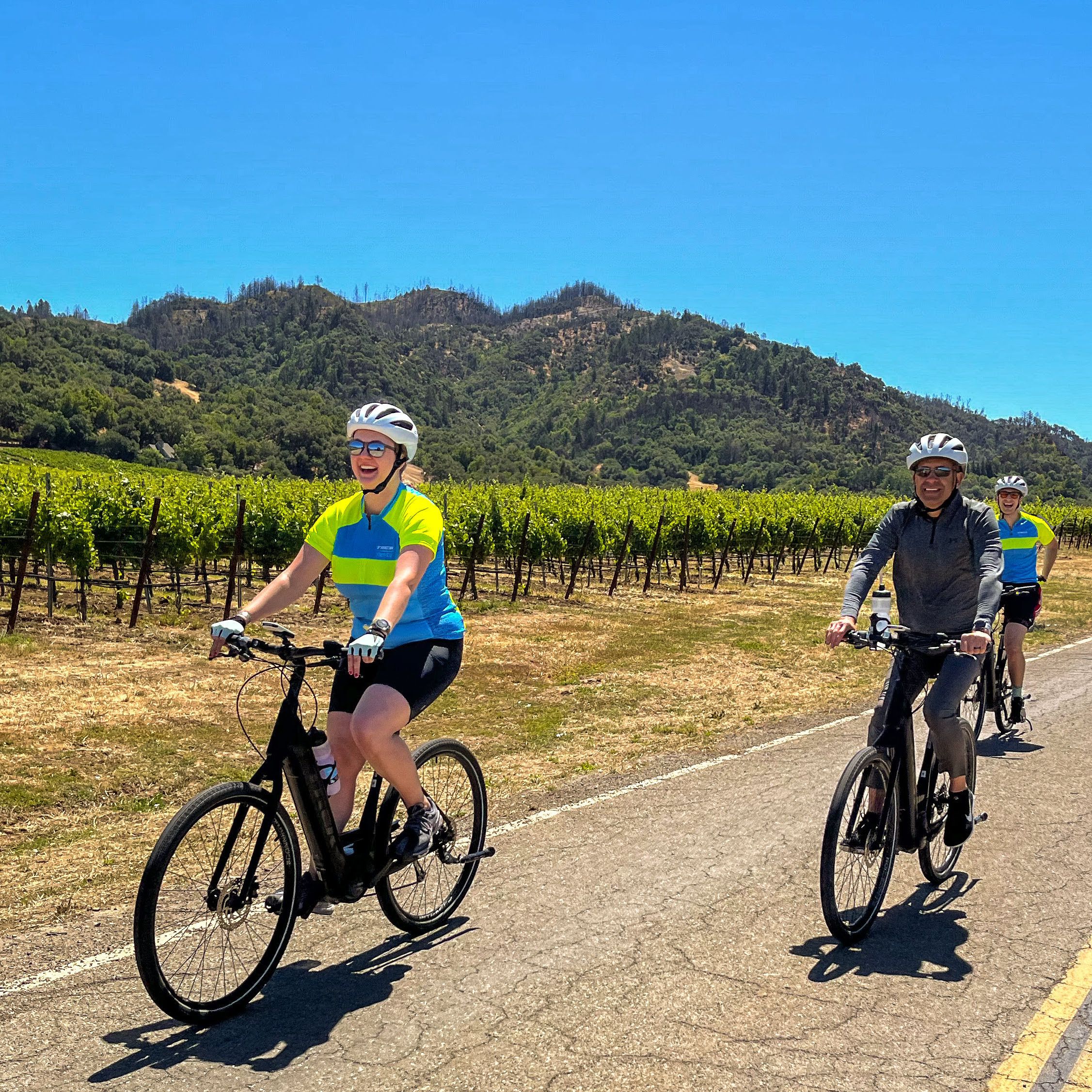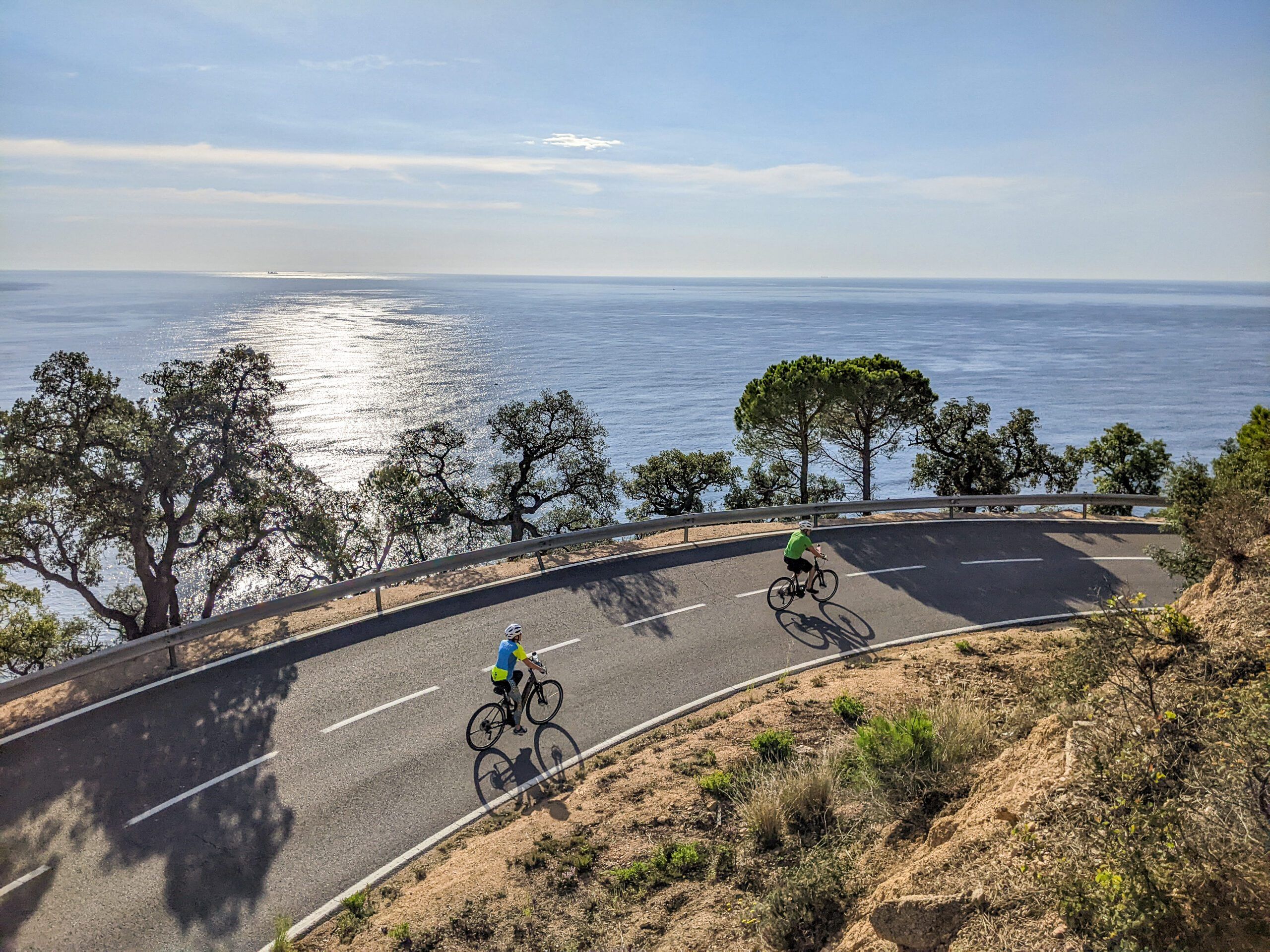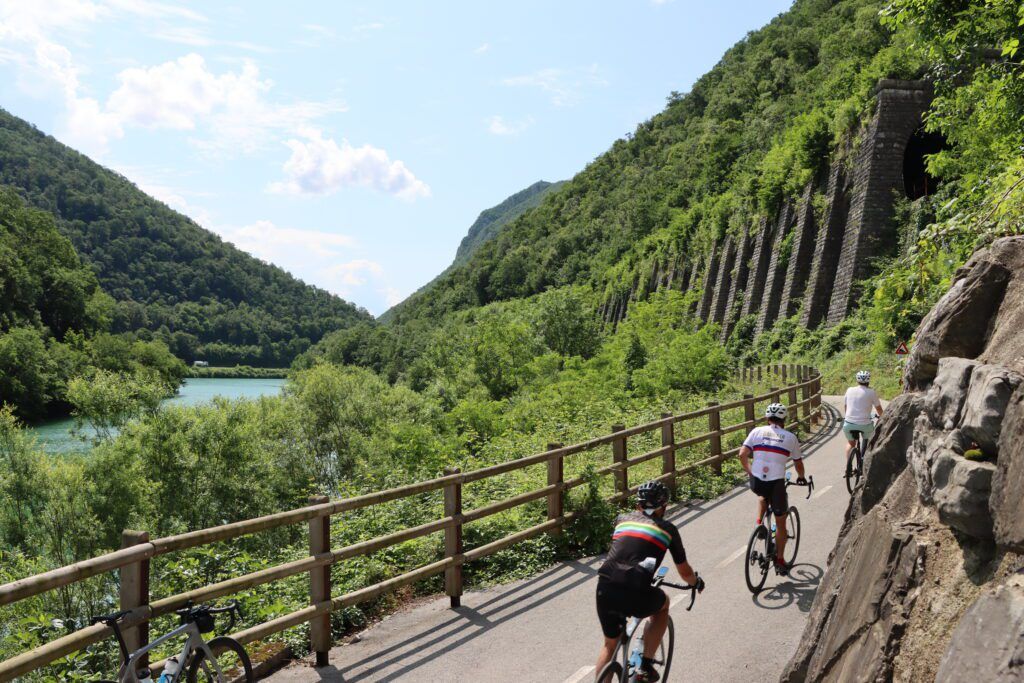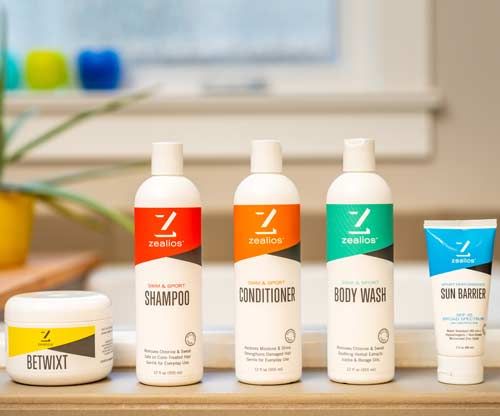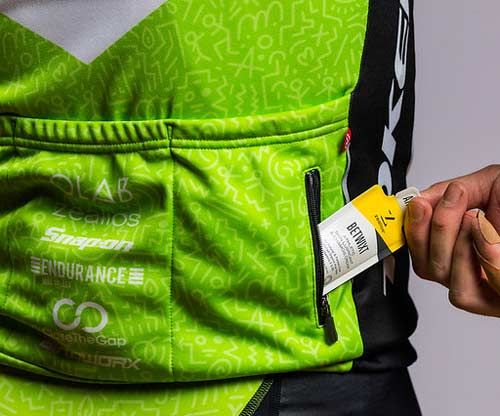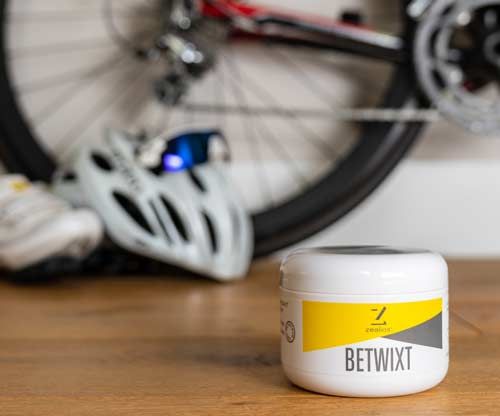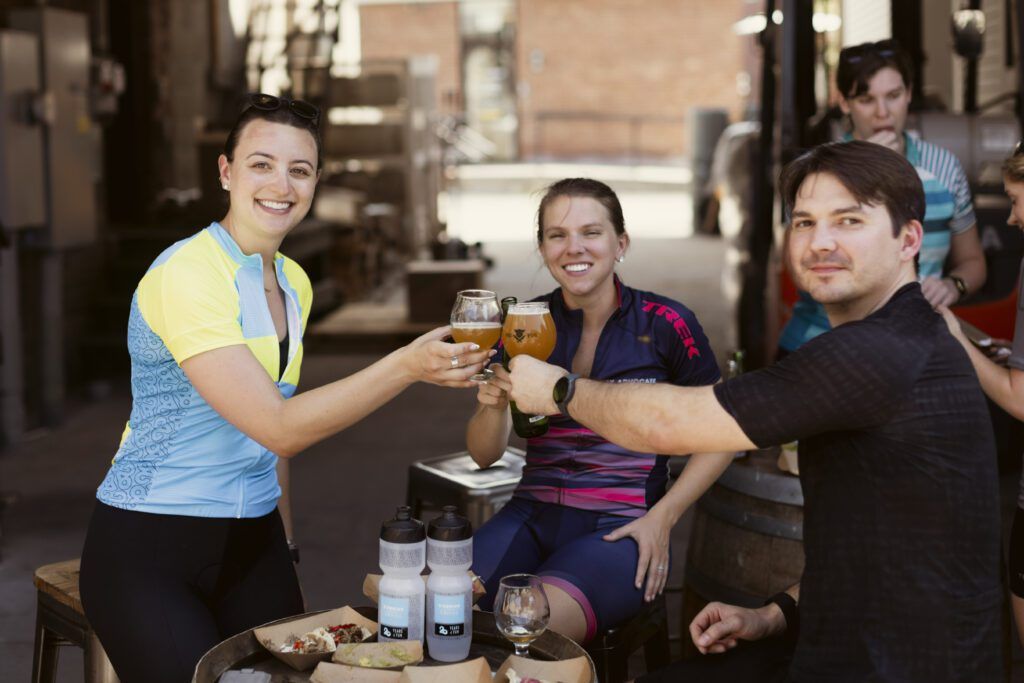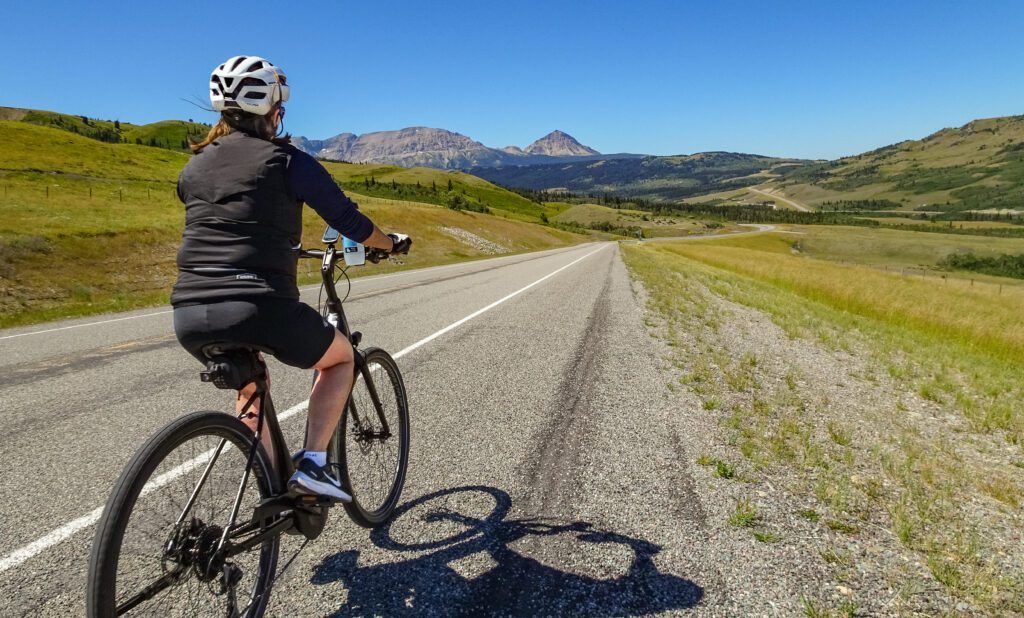
Traveling for your first cycling vacation can seem daunting, but it doesn’t have to be. Read on for some of our most common guest questions answered from, “What do I pack?” to our top tips for traveling abroad.
“I can’t wait for my trip, but what do I pack?”
We get this question a lot. Which is why we’ve crafted a handy-dandy (and printable!) packing list tailored to what kind of trip you’re taking. Whether it be a luxury week away in Tuscany or a Ride Camp in Texas.
Pro-tip: It’s a great idea to pack your first day’s cycling clothes and riding gear in your carry-on bag so it’s easily accessible should there be any complications with your luggage.
“What safety measures are taken on trips?”
Great rides are safe rides, which is why we take safety seriously. Along with Flare-R front and rear lights included on every bike, we also make WaveCel helmets, Trek’s newest and safest innovation in helmet safety, available to guests on-trip. You can also read some of our cycling safety tips here before you go, and our guides will remind everyone about safety while on-trip.
We have also implemented enhanced standards on our trips to follow CDC guidelines related to COVID-19 safety.
“I have never been to this region before, what will the weather be like while I’m there?”
While we can’t predict all outcomes, you will find a general overview of what weather to expect on every trip page under the “Travel Details” tab.
“How do I know my bike on-trip will be a comfortable fit?”
When you book your trip, our Trip Consultants work with you to determine your size and fit. Bike sizes, measurements, and geometry can vary greatly from brand to brand, so we highly recommend stopping into your local Trek Bicycle shop for help with gathering accurate measurements. On the first day of your trip, your guides will adjust your bike to your comfort and preferences to ensure an excellent fit and are available to make adjustments throughout the week. Learn more about measuring your bike and fit here.
“I love the saddle on my bike at home, can I bring it?”
Absolutely. Although we provide men’s and women’s specific saddles on our trips, we know the most comfortable saddle out there is often the one you’re used to riding at home. Simply bring your saddle along with you and our guides will install it on your Trek Travel bike at the bike fitting before your first ride.
“How do I know where to meet my guides at the start of the trip?”
You can find all the arrival, departure, and meeting details under the “Travel Details” tab on every trip page, as well as recommendations for what to do and where to stay before and after your trip.
“What’s the support like? Do I have to ride all the miles? What happens if I get a flat?”
Your guides are there to accommodate riders of all types and abilities. With a typical Classic trip guide team consisting of one guide on their bike during the day’s route and another sweeping back and forth in the support van, you’re free to ride, sightsee, rest, or shuttle at any part of the route throughout the day. Got a flat or other mechanical issue? Guides will take care of it for you. No need to worry. Please note that support levels vary depending on trip style booked. For self-guided, ride camps, or semi-guided trips, please review your trip details for more information.
“How will I know where I’m going?”
Each bike is equipped with a Garmin Edge 1030 GPS computer pre-loaded with all the route options for the day. Once you select your route, you’ll navigate the route with the help of turn-by-turn directions. You can learn more about our Garmins here. In addition to the Garmin, you’ll have access to the routes on your phone through the Ride with GPS app.
What if I like to ride at a more leisurely pace than the rest of the group?
No need to worry. Each day of your bike tour is yours to discover and explore at your own pace based on what you want to see and do. Most of our vacations include multiple ride options each day to accommodate the different ability levels that regularly occur. Plus, if you feel like you need a boost, you can always reserve an e-bike. They’re a guest favorite and a whole lot of fun.
“Will there be laundry?”
Although laundry is available at many of the properties on our trips, we recommend confirming with your Trip Consultant for your specific trip. It’s also a great idea to pack a small amount of soap or detergent to do a quick kit wash in your room halfway through the trip.
What are your top tips for guests going abroad for the first time?
1. Make sure your passport is valid and you have the appropriate travel documentation. As a general rule, passports should have at least six months of validity when traveling internationally. This means that your passport’s expiration date should be at least six months after your final day of travel. If you have any questions or concerns, please talk with your Trip Consultant.
2. Invest in Travel Protection. Sometimes the unexpected happens. Whether it’s lost luggage, a medical emergency, or suddenly being unable to travel. Travel Protection will help mitigate financial loss in the event that things just don’t go as planned. Learn more about our offerings here.
3. Pack a power converter. Plug styles also differ from country to country, so it’s key to pack universal power adaptors and converters while traveling outside of the United States.
Have more questions?

